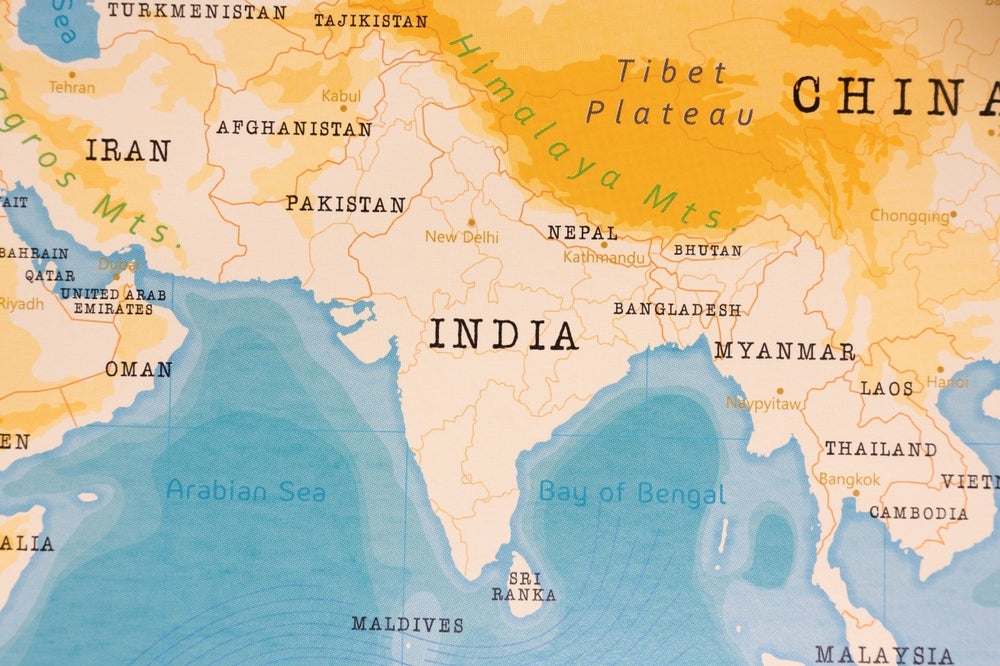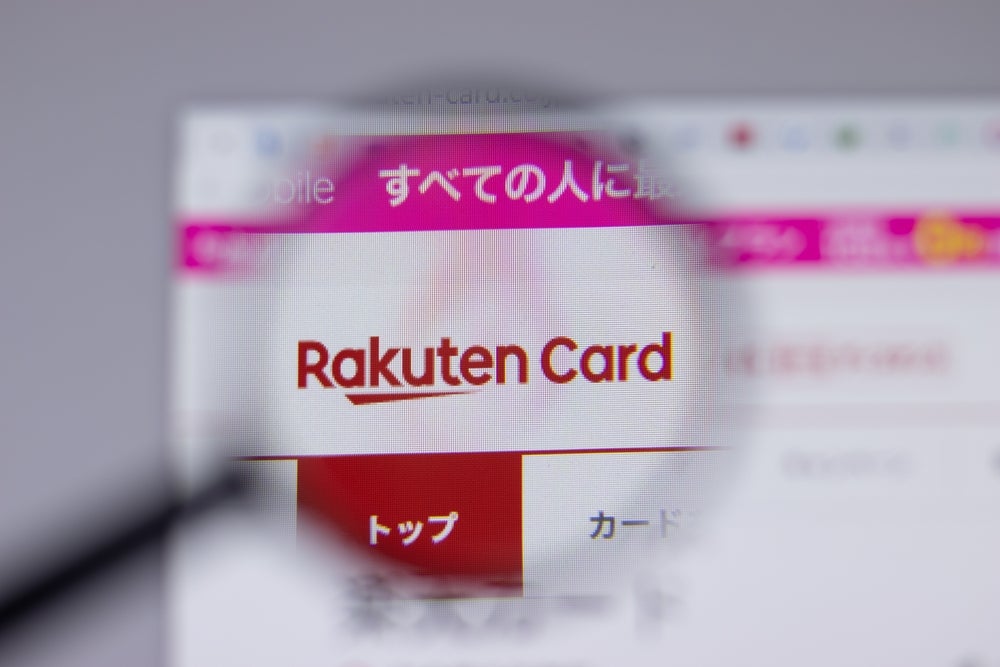issuer, has reorganised its consumer finance business and created a
Global Cards division in an effort to make it more nimble in its
various cards markets. It has also reorganised its businesses along
geographical lines, in a move that was predicted by industry
analysts.
Citigroup, which its CEO, Vikram Pandit, said would help it focus
resources on growth areas of the business and improve efficiencies.
The Global Cards unit has been created out of the bank’s consumer
group, which is being split into two distinct businesses, Global
Cards and Consumer Banking.
two card business units that had vastly differing fortunes in 2007.
Citi’s US Cards section showed a significant drop in net income,
declining 26 percent from $3.9 billion in 2006 to $2.9 billion in
2007. But its international cards business showed a 77 percent
improvement, from $1.1 billion to $2 billion.
Steven Freiberg as CEO of Global Cards, will mean the consolidation
of Citi’s US and international cards businesses. Freiberg was head
of the bank’s US consumer finance division and co-chairman of
global consumer operations, alongside Ajay Banga, who was head of
international retail business. Citigroup has also brought in Terri
Dial, the head of UK retail banking business at Lloyds TSB, as
global head of consumer strategy and CEO of consumer banking in
North America to turn around the fortunes of Citi’s retail banking
businesses.
the bank has made since Pandit became CEO in December, replacing
Charles Prince. Citigroup’s share price has slumped since the
middle of last year, partly because of substantial subprime-related
write-downs. It has been forced to raise around $30 billion from
outside investors.
marks a further important step along the path we are pursuing to
make Citi a simpler, leaner and more efficient organisation that
works collaboratively across the businesses and throughout the
world to benefit clients and shareholders.
focus on clients by moving the decision-making process as close to
clients as possible and assigning some of our strongest talent to
lead the regional areas and global product groups.”
decision-making closer to clients was to establish regional
business units. These include Asia Pacific, including Japan;
Western Europe, Middle East and Africa; Central and Eastern Europe;
and Mexico and Latin America. Each will have a CEO who will report
directly to Pandit.
centralise global functions, including finance, information
technology, legal and human resources as well as branding. By
centralising these functions, the bank said it could reduce
unnecessary complexity, leverage its scale and accelerate
innovation.
the bank’s operations since he took charge in December. The bank
has already announced plans to bring together its banking and
brokerage operations in Japan. It said it aims to become the
country’s leading banking and securities group. The ambitious claim
came after a chequered few years in the country for Citigroup. At
the start of 2007, it became the first high-profile casualty of the
Japanese government’s clampdown on consumer debt, taking a $370
million hit in the third quarter of 2006. It responded by closing
270 branches and 100 automated loan machines.
branches in the country, posted a 2006 fourth quarter loss of $370
million in 2007. The bank said it was down to the absence of a $755
million pre-tax charge recorded on the previous year and adverse
changes in lending laws.








